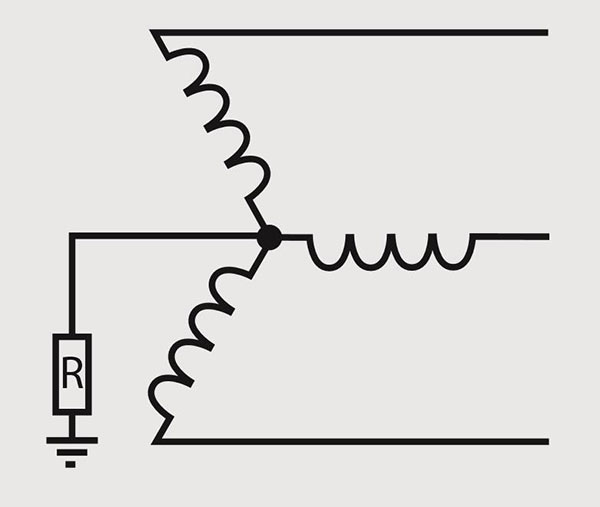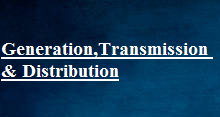Neutral grounding
The process of connecting some electrical part of the power system (e.g. neutral point of a star connected system, one conductor of the secondary of a transformer etc.) to earth either directly or through some circuit element (e.g. resistance, reactance etc.) is called Neutral grounding.
Methods of Neutral Grounding
- Solid or effective grounding
- Resistance grounding
- Reactance grounding
- Peterson-coil grounding
- Voltage Transformer Earthing
Solid grounding
Solid Grounding When the neutral point of a 3-phase system (e.g. 3-phase generator, 3-phase transformer etc.) is directly connected to earth (i.e. soil) through a wire of negligible resistance and reactance, it is called solid grounding or effective grounding.

Advantages of Neutral Grounding
- Voltages of the healthy phases do not exceed line to ground voltages i.e. they remain nearly constant.
- The high voltages due to arcing grounds are eliminated.
- The protective relays can be used to provide protection against earth faults. In case earth fault occurs on any line, the protective relay will operate the circuit breaker to isolate the faulty line.
- The overvoltages due to lightning are discharged to earth.
- It provides greater safety to personnel and equipment.
- It provides improved service reliability.
- Operating and maintenance expenditures are reduced.



Recent Comments